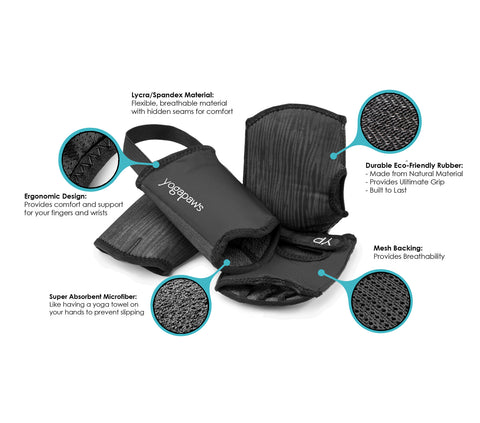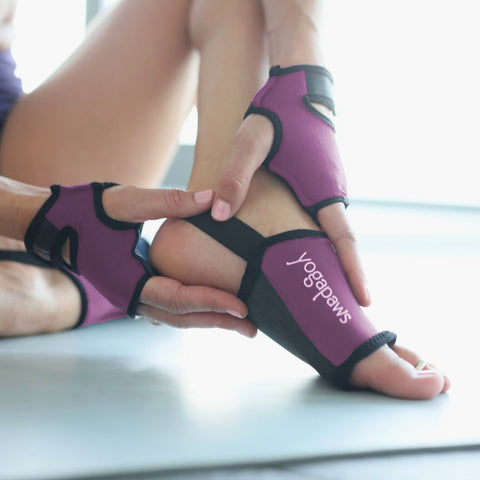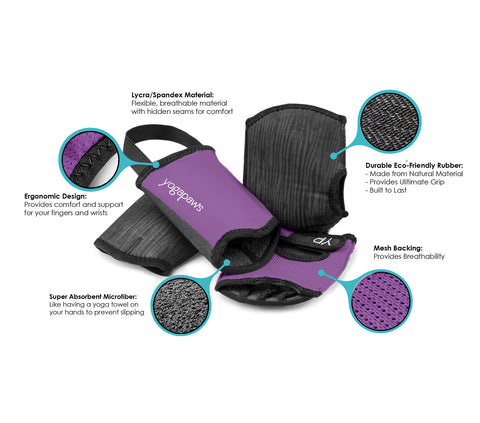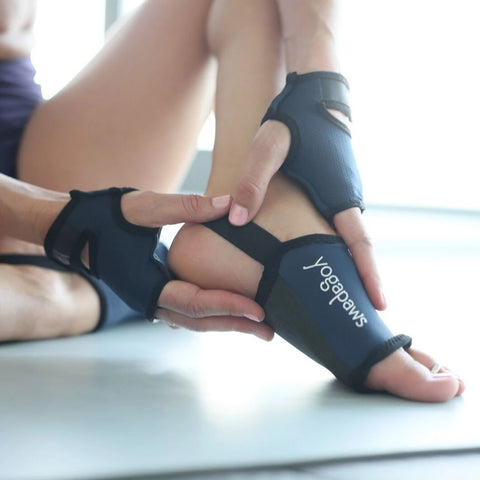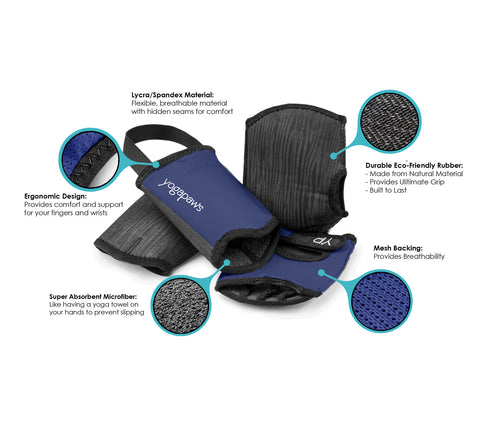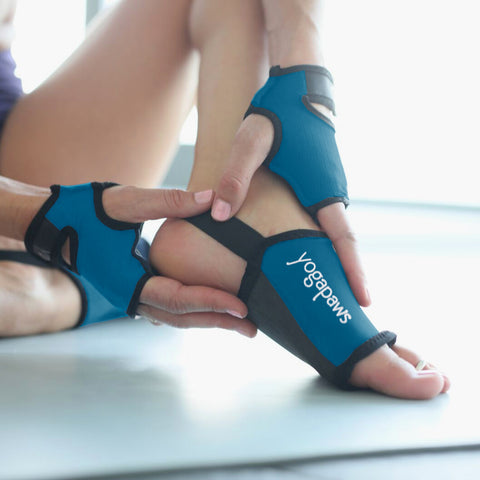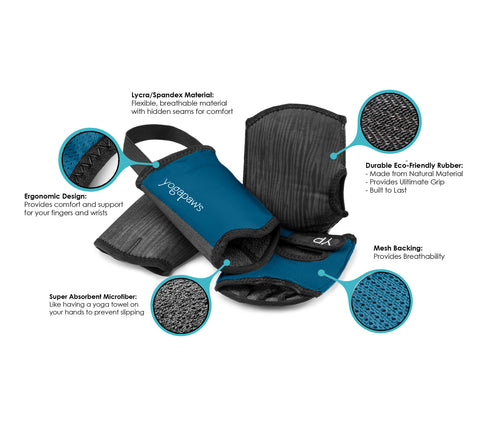Posted on March 04 2018
 Many yoga students get to a point in their practice when the basics start to feel more accessible. What was hard a few weeks or months ago is now possible, often with ease. If that’s happened to you, chances are you’re looking toward more challenging poses such as arm balances and wondering, “Can I do that?” With patience and practice, the answer is yes, you can.
Many yoga students get to a point in their practice when the basics start to feel more accessible. What was hard a few weeks or months ago is now possible, often with ease. If that’s happened to you, chances are you’re looking toward more challenging poses such as arm balances and wondering, “Can I do that?” With patience and practice, the answer is yes, you can.
Suspending yourself upside down can seem like a faraway goal when your arms are feeling noodle-y after the first few times in Adho Mukha Svanasana (Downward-Facing Dog Pose).Not all students come to the mat with a predisposition for upper body strength.
Los Angeles and Boston-based yoga teacher Natasha Rizopolous says in Yoga Journal that she spent her first couple of years as a student thinking that Chaturanga Dandasana (Four-Limbed Staff Pose) was designed for “another species”. But, it’s not. Like everything else in yoga (and a lot in life), it’s a case of walking before you can run. You’ll need to identify which elements of strength are difficult for you before you can address them. A lot of students tend to think that it’s only arm strength that’s required for inversions and arm balance, but the work of these poses is, in fact, distributed through most of your body. Having that connection to the ground lets you work on using your upper body in tandem with your legs and core.
This practice might look simple. But, by the time you’ve progressed through all of its variations, you will develop strength in your upper body and an understanding of how to adjust the relationship of your hands to your body—both of which is crucial for finding the “happy place” in arm balances.
The basics of this sequence—lowering your body from Plank Pose to Chaturanga Dandasana remain the same through each of the four versions. Each one, though, targets a different element of the strength you’ll need to begin to master more advanced arm balances and inversions—alignment of your arms, core strength, control and engagement in your legs.
|
|
Version One Benefits: Focusing on keeping your arms into your body helps create strength across your back and protects your rotator cuff How to do it: 1. Begin by placing a strap around your arms. 2. From Adho Mukha Svanasana (Downward-Facing Dog Pose), bring your body forward until your hands are under your shoulders. 3. Drop your knees to the ground. 4. Slowly, keeping your back long and your core engaged, bend your elbows and lower your body to the mat. 5. Straighten your legs and push into the floor to lift your back into Bhujangasana (Cobra Pose). 6. Return to Adho Mukha Svanasana. 7. Repeat this sequence two or three times. |
 |
Version Two Benefits: Extending your legs engages your core more dynamically. How to do it: Flow through steps one and two, but keep your knees straight instead of bending them as in step three above. Keep your hamstrings engaged and think of your heels pushing toward the wall behind you as you lower your body. Press your front body toward your spine, keeping your body in a straight line. Avoid any softening in the core; instead, draw the core to the spine and keep the back straight. Then, move into steps four, five and six, and repeat. |
 |
Version Three Benefits: Removing the strap in this version challenges you to stabilize your arms and keep your elbows into your body. How to do it: Skip step one. From Adho Mukha Svanasana (Downward-Facing Dog Pose), concentrate on keeping your upper arms close to your ribcage. As you lower with your legs extended as in Version Two, visualize a magnet connecting the outside of your ribcage and the inside of your arms. Continue on to steps five and six and repeat. |
 |
Version Four Benefits: Slowing down the movement builds strength in the full range of motion, from straight arms to bent elbows. How to do it: As in Versions Two and Three, skip the strap and keep your legs extended. From Plank Pose, lower your body for a count of five, trying to move in even increments during that time. Then do steps five and six and repeat. If you feel like taking on an added challenge, lift yourself from Chaturanga Dandasana (Four-Limbed Staff Pose) back to Plank |
As you practice, guide your attention over your entire body. Keeping your front body from sagging toward the floor or preventing your hamstrings from relaxing is as important to the practice as working your arms. Even as you progress to arm balance with your feet off the floor, your whole body makes the pose. It’s all about unity.





